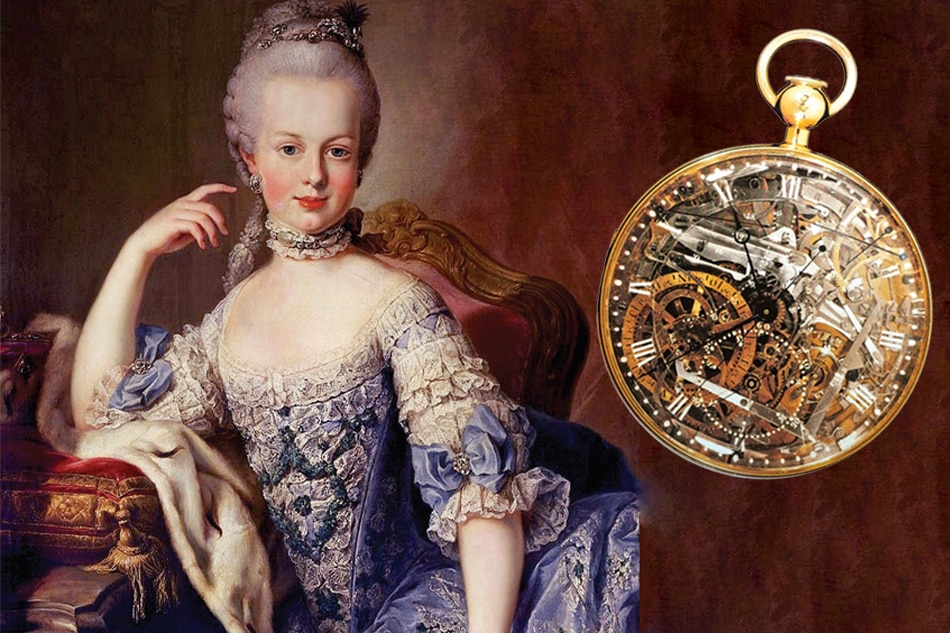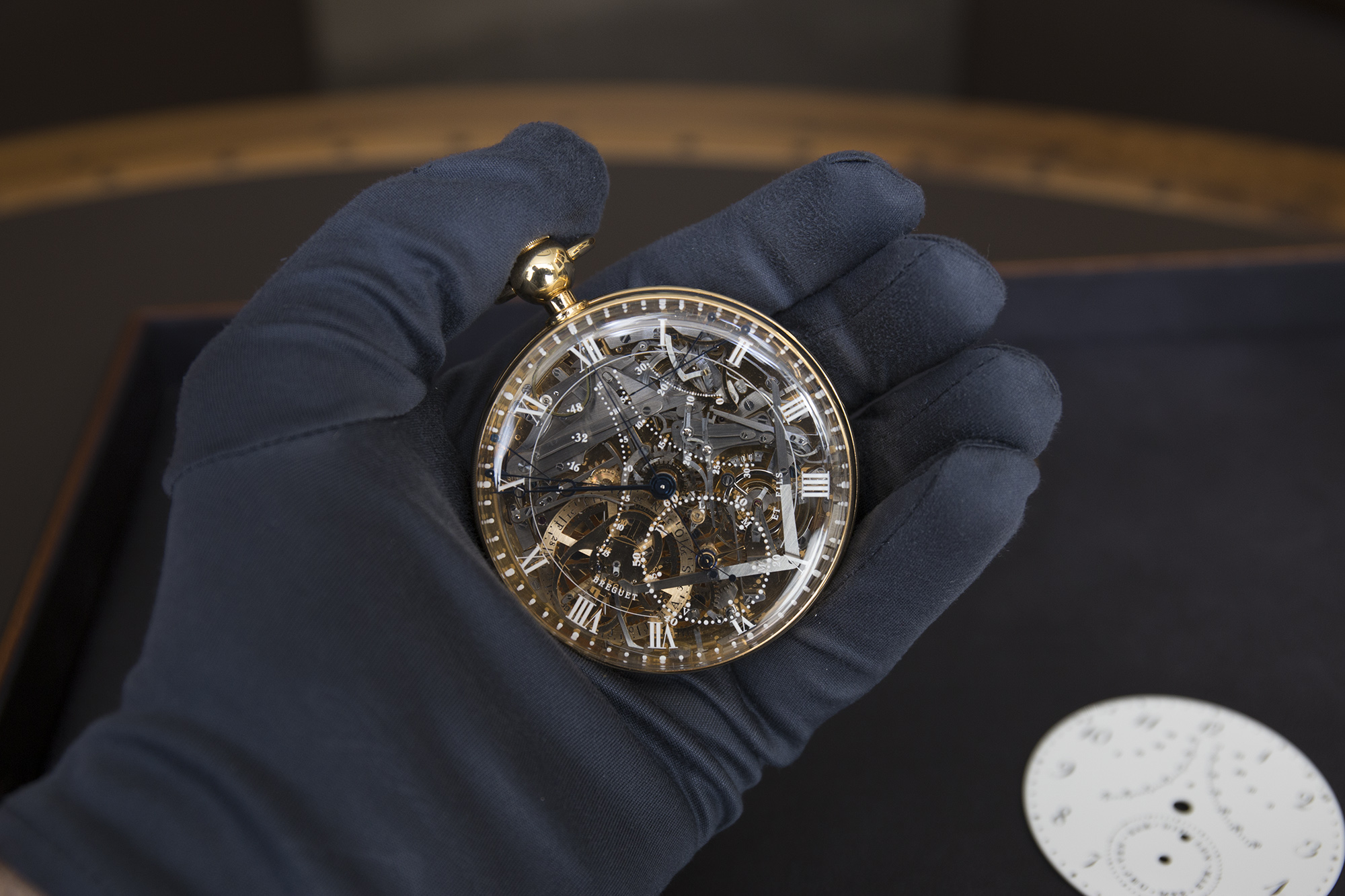Ναι απο την βιασυνη μου τους μπερδεψα μα ουτως ή αλλως το ιδιο ειναι, ''Λαγοι" του συστηματος και οι 2 αρχηγοι αυτων των κομματων.nick10 έγραψε: Σωστά τα λες, αλλά επέτρεψε μου να σε διορθώσω ότι ο αρχηγός του κόμματος που αναφέρεις είναι αρχηγός σε κόμμα στο άλλο άκρο από το κόμμα στο οποίο ανήκει ο βουλευτής που ανέφερα
____________________________

Ρολογια τσεπης για μετρηση ταχυτητας στην Αμερικη δεκαετια του 1900:
District attorneys in New York began to organize teams of policemen to mount a campaign to punish drivers into compliance. Teams of officers would line the side of a road, spaced an eighth or sixteenth of a mile apart from one another. The first officer would signal the next as the vehicle passed and a pocket watch was used to approximate the time elapsed between them. Another policeman on a bicycle would then engage in a "lively pursuit." An officer testified to the vehicle's speed in court with terms such as, "his machine traveled a sixteenth of a mile in ten seconds."
That year (1902), Chicago police armed with stopwatches would hold a rope taut across the road when an allegedly speeding motorist was about to pass. "This compels the automobilist to stop or have his machine raked fore and aft by the rope." Having literally arrested the driver, police would then take him downtown.
Another early speed trap in Westchester County, New York in 1903 used a trio of police officers hiding in fake trees spaced one mile from each other. Inside, the officers held a stopwatch and a telephone. As a car passed, the first officer would record the time and phone the next tree. If the resulting calculation meant the vehicle was speeding between tree one and tree two, the third officer would drop a pole across the road to stop the car. The first trap stopped about one in twenty passing cars. Revenue was not yet the primary motive, as the drivers received warnings. The leniency did not last long as the prospect of using tickets to generate revenue began to take hold.





